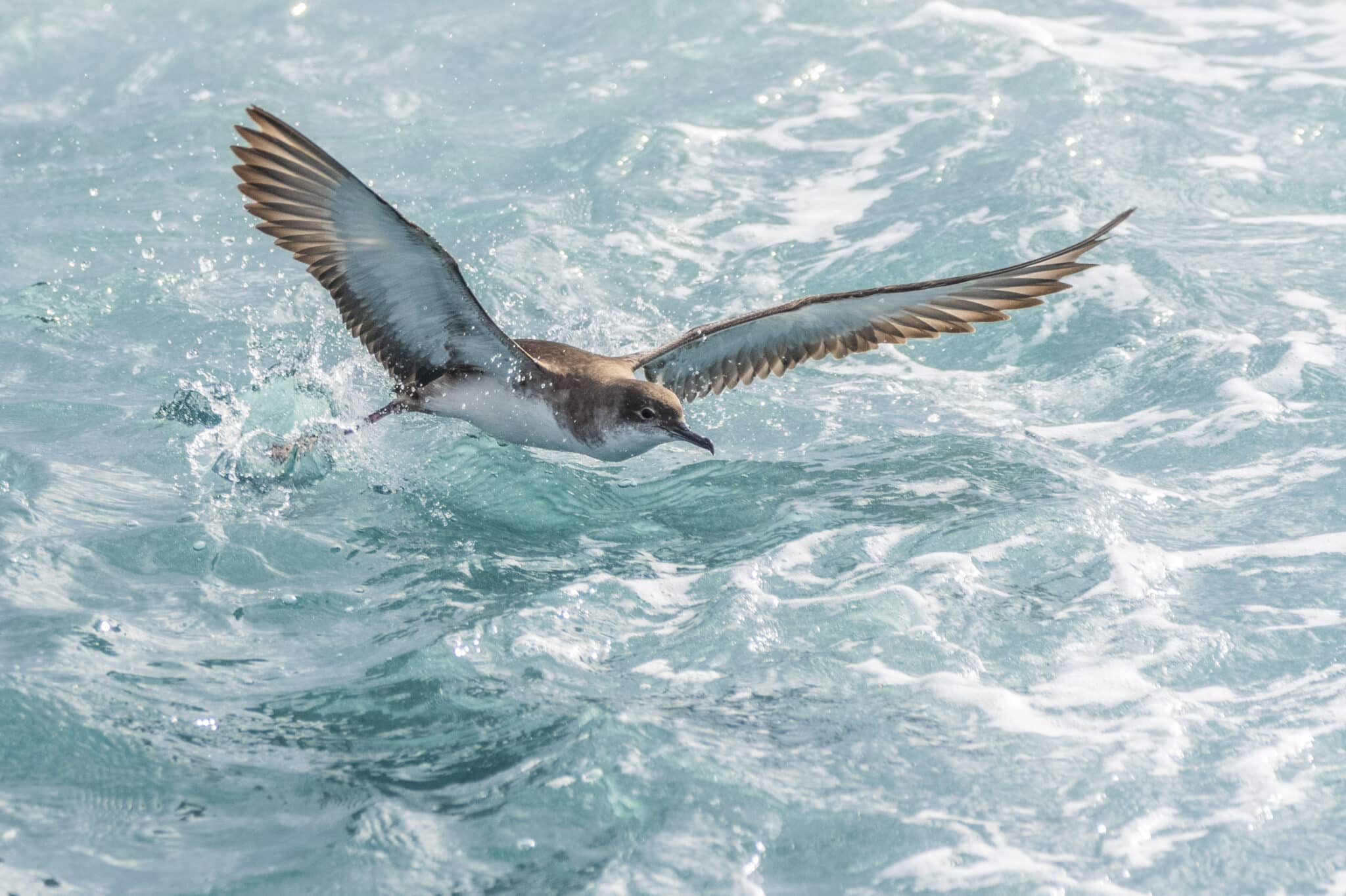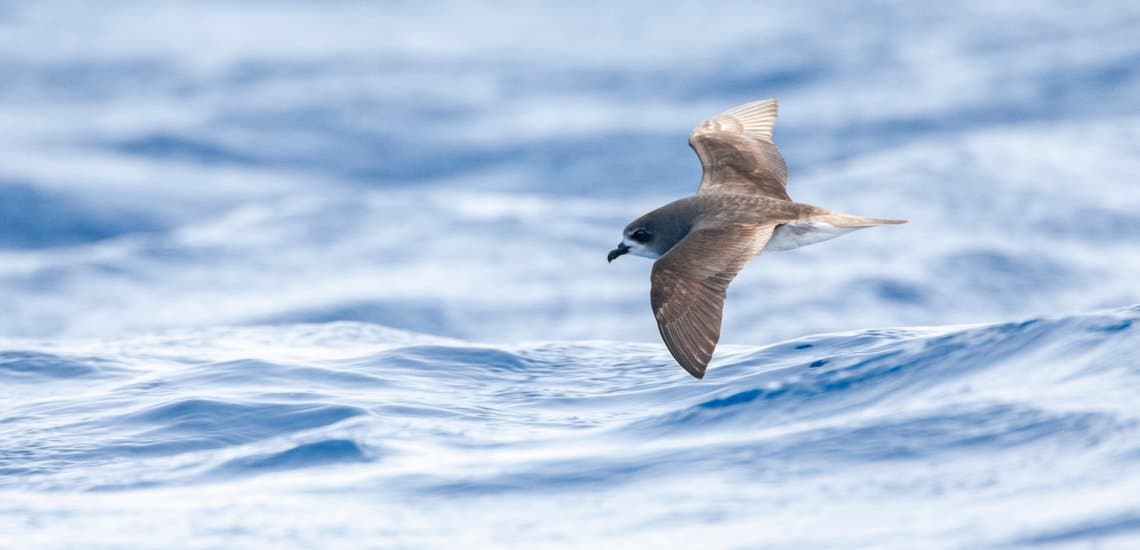Pathways to protection

How to expect the unexpected from the new Fisheries Control Regulation
by Cyrielle Goldberg
Had you been wandering the corridors of the European Parliament on Tuesday 17th October at lunchtime, “nothing to report” is probably what would have crossed your mind – Eurocrats going about their daily business, the (alarmingly warm) Autumn air filled with the hum of conversations and the shuffling of footsteps. But behind the doors of the plenary session, as the votes of the day closed and concluded the final adoption of the new Fisheries Control Regulation, the seas had started to boil. Why the fuss, you may ask? One look at the timeline is enough to see that this is no small deed. In total, it will have taken five years for the European Commission, Council and Parliament to reach an agreement on how the EU fisheries control system should be revised, a highly needed change amid the escalating environmental crises that are crippling our oceans. Whether it is enough is however another question.
On the importance of effective fisheries control
Ocean-related affairs are, by nature, confronted to the tricky issue of information asymmetry – to put it simply, who knows what’s going on at sea? Coupled with inadequate control, this has been an open door for destructive fishing to go on killing nature at sea without any accountability. If the EU intends to reach the ambitions it has set for itself in the Common Fisheries Policy (CFP) in terms of conservation and exploitation of marine biological resources, better control of its fishing fleets is therefore key.
The new control regulation does introduce interesting changes – of particular interest, we can cite the requirement to use electronic logbooks to record all catches, as well as the tracking of all fishing vessels on a continuous basis. The use of remote electronic monitoring systems (REM), which involves closed-circuit television cameras, sensors, and systems to store data on boats, is also a particularly welcomed addition.
However, while we recognise that this new piece of legislation is a step in the right direction, we cannot but deeply regret that our decision-makers didn’t seize it for the opportunity that it was: a much-awaited momentum to change the rules about how electronic monitoring systems can be used and to concretely rise to the EU’s outspoken ambitions, especially when it comes to tackling bycatch of sensitive species.
Bycatch or the seabird’s plight
Bycatch, or the incidental catching of species in fishing operations, is one of the most significant threats to seabirds, cetaceans, sharks, rays, and sea turtles. More than 200,000 seabirds are reported to be bycaught in Europe every year, among which at least 29 are threatened species listed in Annex I of the Birds Directive. For some time now, Member States have been required to reduce and eliminate bycatch under diverse binding obligations – the Birds and Habitats Directives, the Common Fisheries Policy, the Data Collection Framework, the Marine Strategy Framework Directive, to name but a few. However, due to lack of data collection, reporting, and implementation, bycatch remains a pressing issue in EU waters and by EU vessels.
If the Control Regulation is what it brands itself – an enabler of fisheries control and an insurance of vessels’ compliance with the CFP – surely its revision should have tackled weak spots such as lack of enforcement in terms of bycatch obligations. But while the final text requires that bycaught species be electronically reported by fishers, it does not provide for any control mechanism to ensure that this rule is actually respected. Same goes for the requirement to use REM systems, which is narrowed to vessels of 18 metres length or more that present a risk of non-compliance with the landing obligation. This seems clearly off the mark when we know that small vessels account for 75% of the EU fleet and make up the majority of vessels that use gear which can present a high risk of bycatch.
Installing cameras only to support the implementation of the landing obligation – i.e. the requirement to land all catches and not discard anything at sea – won’t provide better bycatch data and won’t accomplish the objective of minimising bycatch as fixed in EU legislation. Same goes for relying on unplanned observations while carrying out other tasks onboard. Ensuring adequate monitoring and reporting of bycatch of sensitive species at EU level cannot go without a widespread use of REM.
Habemus REM
Luckily, the final text leaves us with a foot in the door, as it states that Member States have the possibility to use REM systems to control vessels’ compliance with rules of the CFP other than the landing obligation. No more excuses – Member States can take action to curb bycatch and support healthy seas by requiring all vessels to install and use REM systems for the purpose of identifying and monitoring sensitive species. Even for small boats where there isn’t enough space to host a heavy system like REM, Member States could support specific observers’ programmes where paid observers would be trained to identify sensitive species onboard and dedicated to that task.
It’s as simple as this: ambitions to curb bycatch will fall flat if they are not underpinned by the development of appropriate bycatch mitigation measures. Bycatch mitigation measures will not be developed if they are not informed by sufficient and accurate data. And as today’s sparse data collection shows, insurance that the data is actually being recorded and that it is reliable will only be obtained if fleets are equipped with tools that can control and identify exactly what is being fished and in which quantity.
Here again, we are left to rely on Member States’ good will to tackle the environmental crisis. At a time where an unprecedented amount and diversity of species is on the brink of extinction, it might be worth reminding our decision-makers that this is not only a chance to support science, but a moral imperative to act. Or else, let us rejoice at the fact that failure to reduce incidental catches of sensitive species is now recognised as a serious infringement under EU law.
Photo: John Fox
You might also be interested in:
 | Stichting BirdLife Europe gratefully acknowledges financial support from the European Commission. All content and opinions expressed on these pages are solely those of Stichting BirdLife Europe. The European Commission is not responsible for any use that may be made of the information it contains. |









